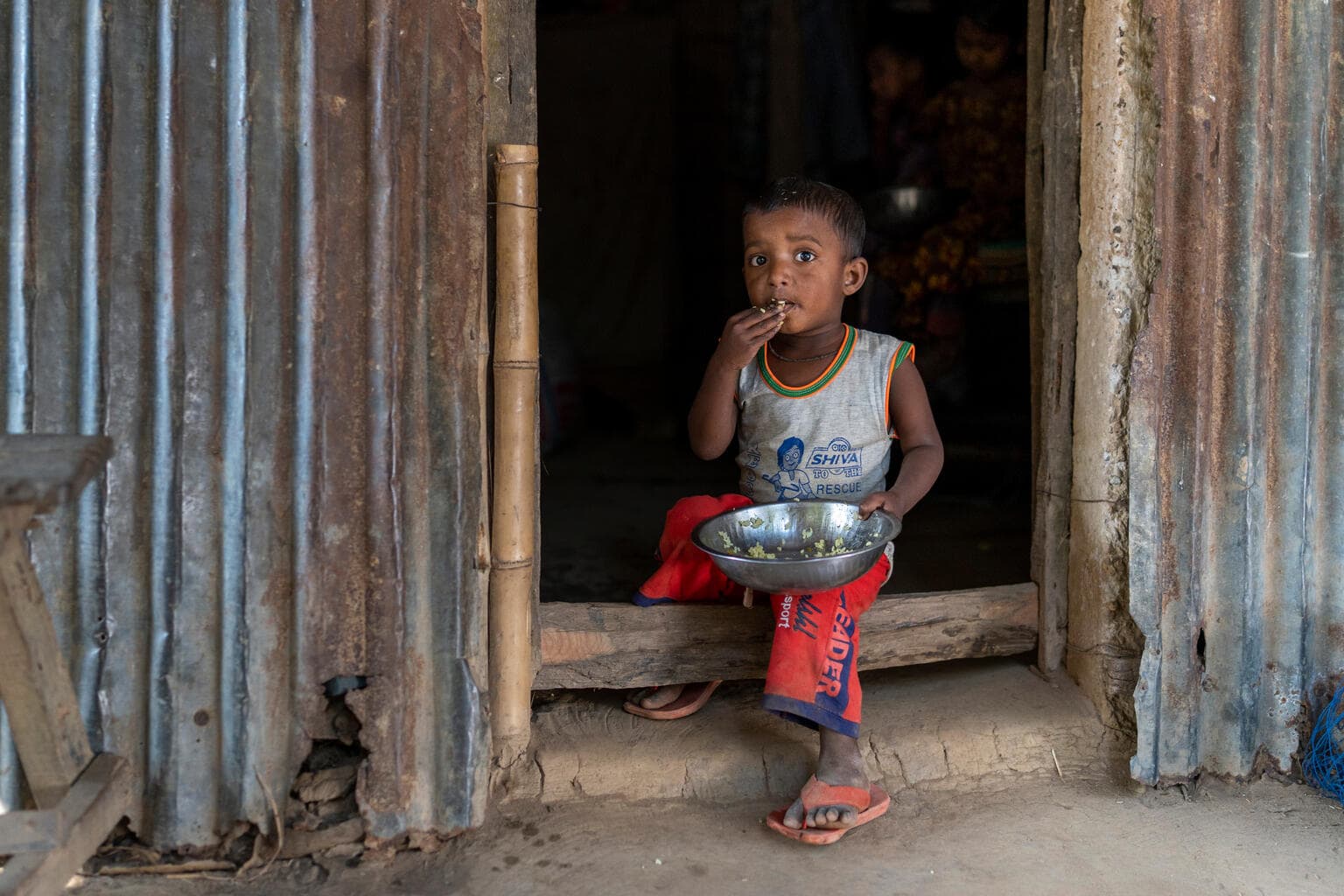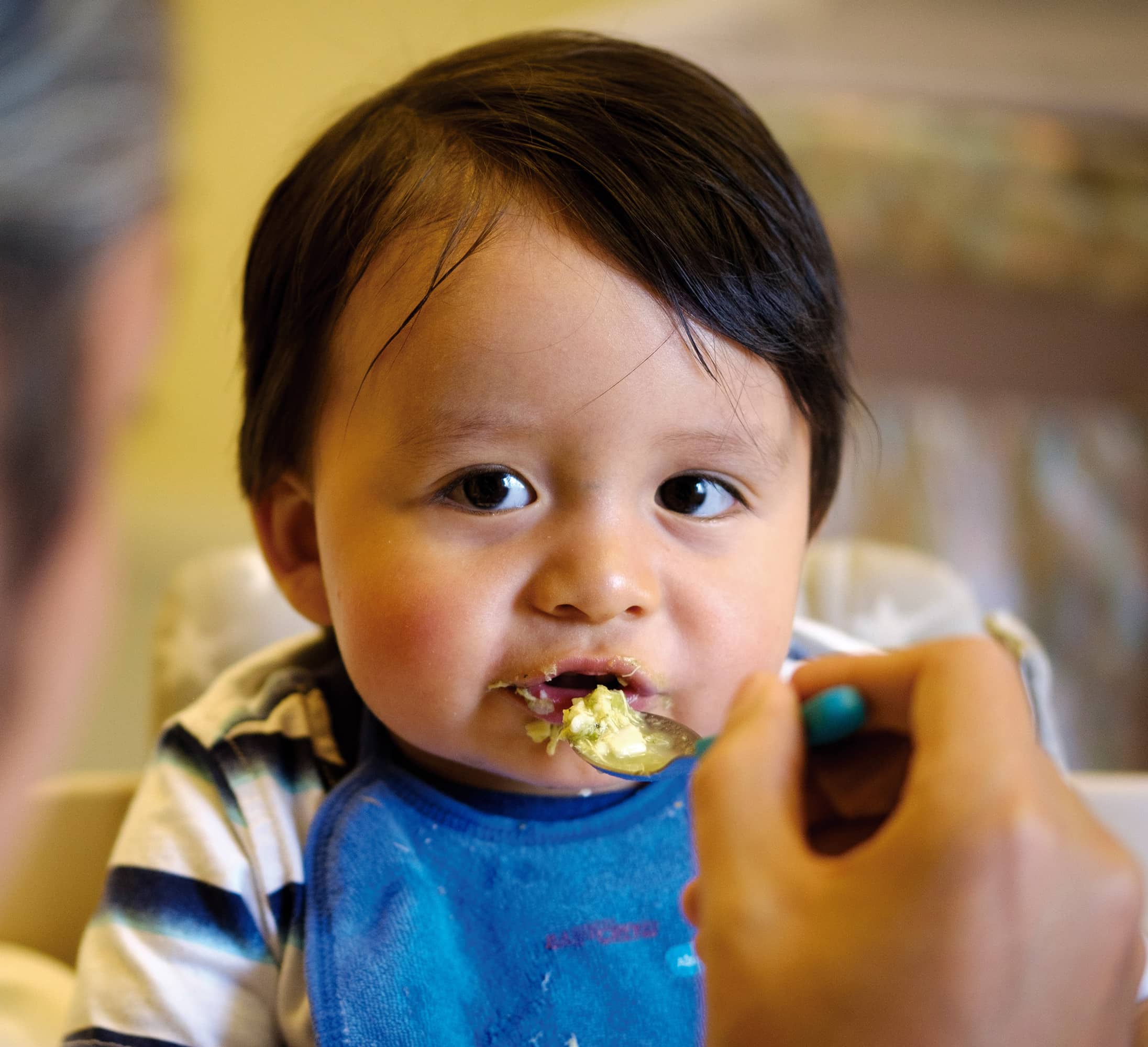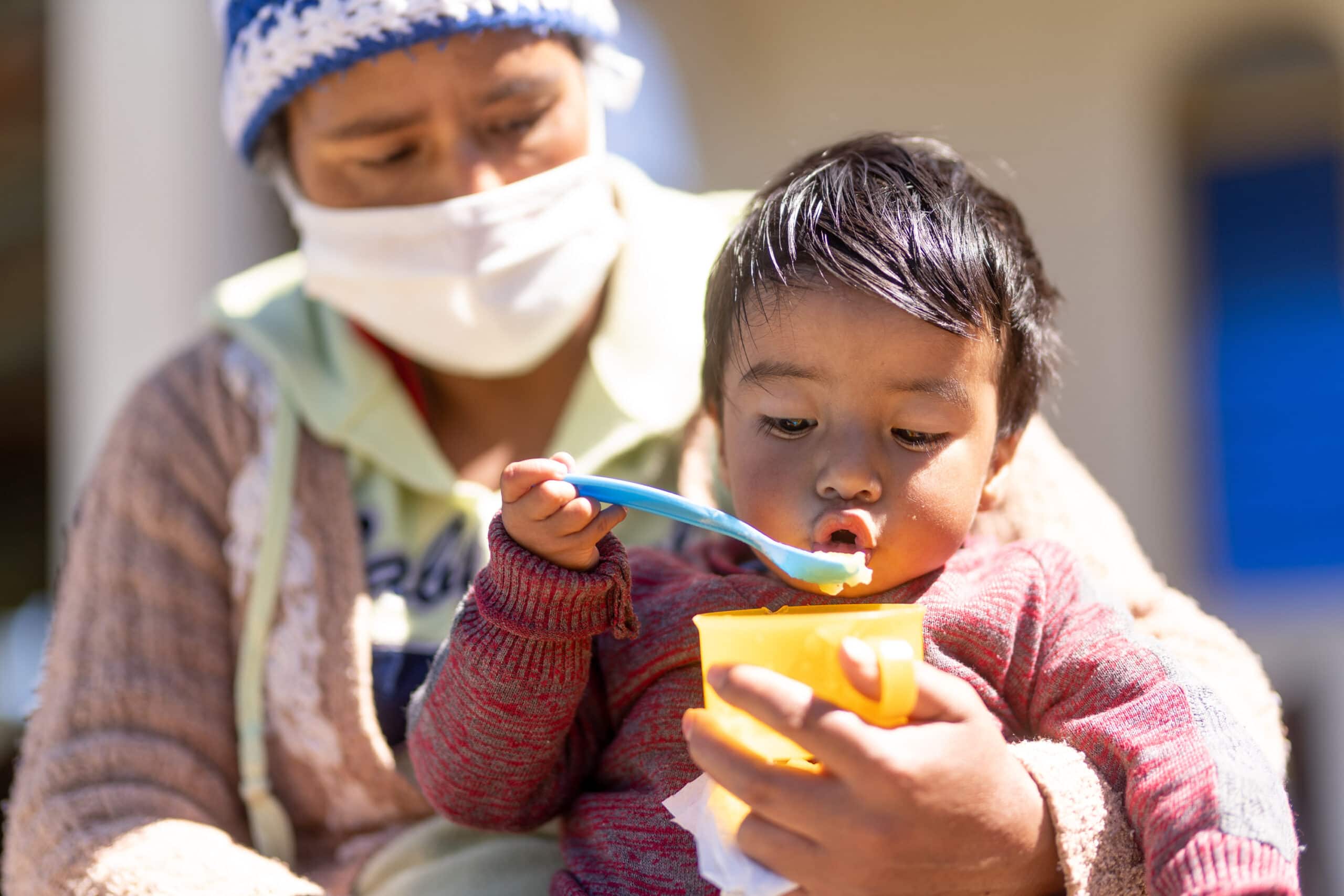Across the world, millions of parents and families are struggling to provide the nutritious and diverse foods that young children need to grow, develop and learn to their full potential. Growing inequities, conflict and climate crises, combined with rising food prices, the overabundance of unhealthy foods, harmful food marketing strategies and poor child feeding practices, are condemning millions of children to child food poverty.
This global report examines the status, trends, inequities and drivers of child food poverty in early childhood, including the impact of global and local food and nutrition crises. The report focuses on low- and middle-income countries, where most children living in child food poverty reside, and on the implications of child food poverty for undernutrition and poor development. The report is accompanied by an annual statistical booklet that presents the latest key statistics on children’s and women’s nutrition.
Child food poverty in early childhood
UNICEF has introduced the concept of child food poverty to bring dietary deprivation and poor quality diets in early childhood to the forefront of global efforts to achieve the nutrition targets of the Sustainable Development Goals. UNICEF defines child food poverty as children’s inability to access and consume a nutritious and diverse diet in early childhood (i.e., the first five years of life).
Child food poverty harms all children, but it is particularly damaging in early childhood when insufficient dietary intake of essential nutrients can cause the greatest harm to child survival, physical growth and cognitive development. The consequences can last a lifetime: children deprived of good nutrition in early childhood do less well at school and have lower earning capacity in adulthood, trapping them and their families in a cycle of poverty and deprivation.
Children living in severe child food poverty (i.e., consuming two or fewer food groups) are rarely fed nutrient-dense foods, relying instead on starchy staples (grains, roots, tubers and plantain). Diets that are heavily reliant on these staples as the main source of energy are unlikely to have the nutrient density needed to meet nutrient requirements in early childhood. Eggs, flesh foods, or pulses, nuts and seeds are consumed by only 3 per cent or fewer of these children. This is truly alarming because egg, flesh foods and pulses are particularly concentrated sources of iron, vitamin A, zinc, protein and essential fatty acids, which are essential for optimal growth, immune function and brain development in early life.
Severe child food poverty affects all regions of the world, but not equally: South Asia and sub-Saharan Africa are home to more than two-thirds (68 per cent) of the 181 million children living in severe child food poverty. Twenty countries account for almost two-thirds (65 per cent) of the total number of children living in severe child food poverty: Afghanistan, Bangladesh, China, Côte d’Ivoire, the Democratic Republic of the Congo, Egypt, Ethiopia, Ghana, India, Indonesia, Myanmar, the Niger, Nigeria, Pakistan, the Philippines, Somalia, South Africa, Uganda, the United Republic of Tanzania and Yemen.
Of the 181 million children living in severe child food poverty, about half (84 million, or 46 per cent) belong to households in the two poorest wealth quintiles, among whom income is likely to be a major driver of severe child food poverty. The remaining 97 million children (54 per cent) living in severe child food poverty belong to households in the middle and two upper wealth quintiles, among whom factors other than income poverty are driving the problem.
Ending severe child food poverty
The forces that lead to severe child food poverty persist because the food, health and social protection systems are failing to improve physical and financial access to affordable nutritious and diverse foods and are failing to equip parents and families with the knowledge, skills and support they need to feed these foods to their children.
To make freedom from severe child food poverty a reality for all children – including the most vulnerable – governments, together with development and humanitarian organizations, civil society and media, academia and research organizations, and the food and beverage industry must urgently commit to a bold and broad response. Crucially, these stakeholders must hold themselves and each other accountable for delivering on commitments to transform, leverage and activate the food, health and social protection systems and strengthen data systems to track progress in reducing severe child food poverty.


